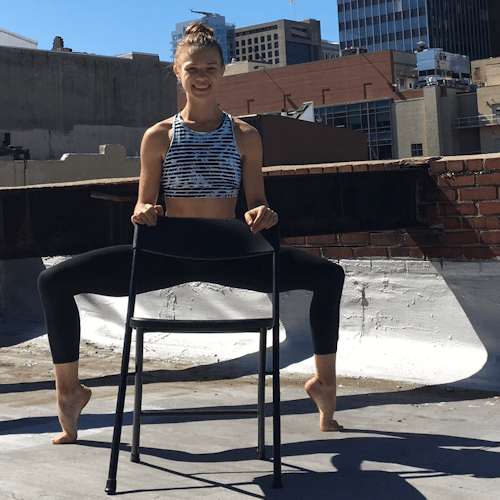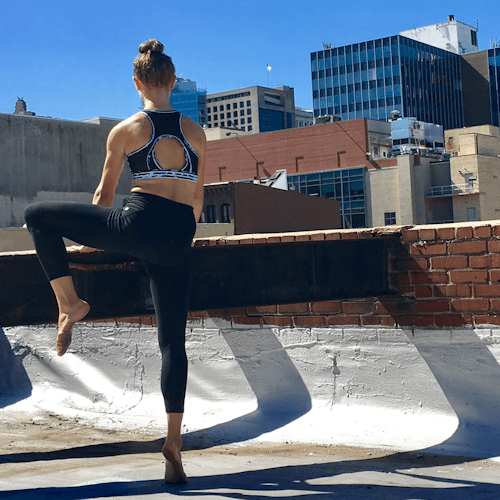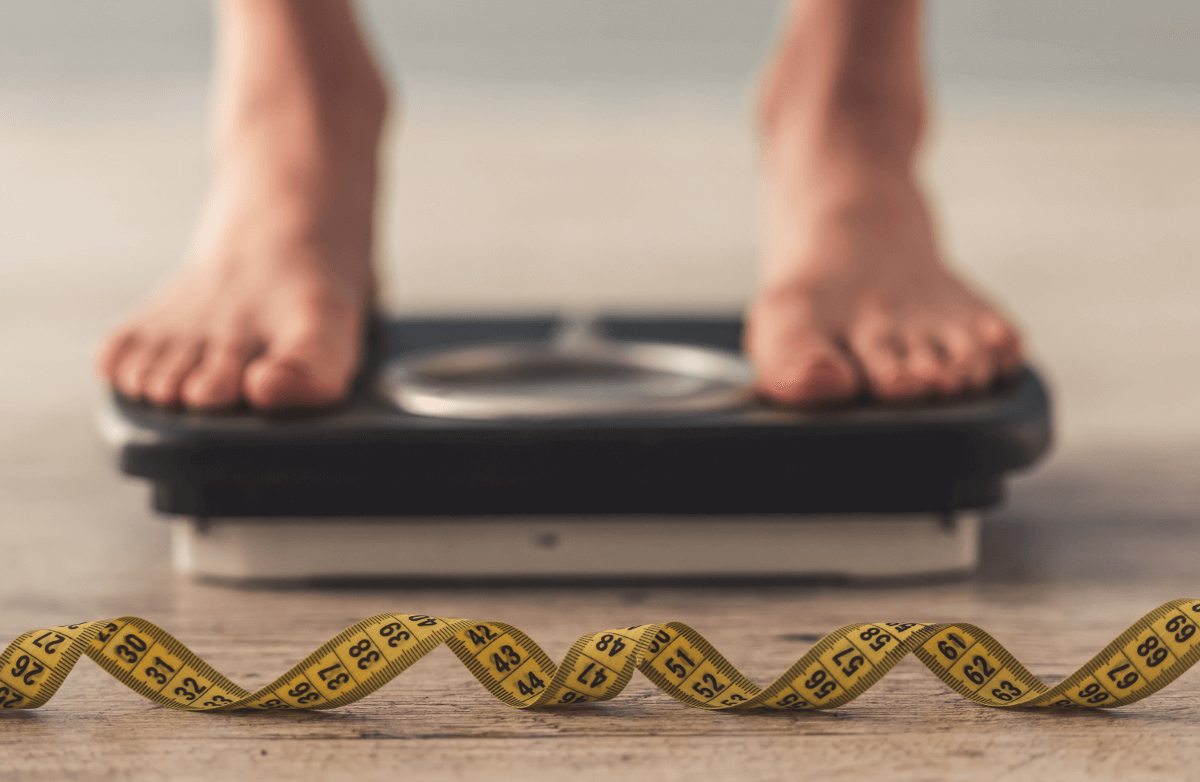By SPARK_ALICIA,
Alicia Capetillo, Editor SparkPeople 11/1/2017
Don't let the tutus and pointed toes fool you—ballerinas are tough athletes. Just reading about the training regiments of any aspiring or professional ballerina dancer is enough to send most back to the drawing board and reconsider their own commitment to their goals.
For years, Jillian Dreusike was one of those tough, yet graceful ballet dancers, training to strengthen and improve her body as a full-time student pursuing a dance degree at the University of the Arts in Philadelphia. Despite envy-inducing flexibility and muscular strength, however, Dreusike noticed that while she and her peers looked physically fit on the outside, they lacked the cardiovascular strength they needed to get through long days of physically challenging classes and practices.
In response, she started working on developing a cross-training regimen for the small muscle groups in the body, in hopes that the training would allow dancers to maintain their ballet figures while improving their cardiovascular health. The result was allongée, a ballet boot camp designed for training tiny muscles using fast repetitions and a large range of motion. Meaning "to lengthen" in French, allongée classes include simple choreographed sequences based on real ballet movements designed to keep the heart rate up for at least 20 minutes.
If you're ready for a ballet burn like you've never experienced, start with a short jog in place to warm up your muscles, throw on some "Swan Lake" and try this allongée workout developed by Dreusike.
Train Like a Ballerina
To complete this strength and balance challenge, perform each move for 30 seconds at a time, with a 10-second break in between each move. Complete each move, taking care to even out your sides for the moves that isolate one leg, then repeat the whole circuit.
1. Fast Demi Plié in First Position
Begin with your feet in a "V" shape with your heels together and toes apart. The turn out comes from the hips and continues all the way down the leg. When taking your demi plié, be sure to keep the heels as close together as possible and open the knees out to the sides, then use the power in those legs to straighten knees and stand tall in first position.
2. Bounce Bounce Lift
Starting in the demi plié position, get the blood flowing a little faster by taking a double bounce at the bottom of your plié and stretching up with just a little more speed. Depending on your range of motion, your heels may lift at the bottom of your chosen plié.
3. Ballerina Squats
From first position, take a small jump or step out to a wider stance in second position. Continue the movement by alternating between first and second and trying to stay in a deep plié.
4. Forced Arch Pliés
Step your feet out wider to move into second position. Holding on to the chair in front of your, sink lower into a squat, lift up both heels, placing the weight on the balls of the toes between the big toe and second toe. Once you feel balanced, drop lower into a squat, then use the strength in your legs to push back up to standing on the balls of the feet again. If this is too difficult, try alternating heels, instead of lifting both at the same time.
5. Pulses Down Plié
With the chair still in front of you and your feet in second position, sink down into a wide squat. From this position, slowly pulse up an inch and down an inch for 30 seconds before rising back up to start. For an added quads challenge, try pulsing with both heels lifted. Repeat for another 30 seconds, if possible.
6. Right Knee Attitude Pulls
If heels are lifted, place them back on the ground and remain in your squat. Holding on to a chair or the wall for balance, transfer your weight to the left leg as you straighten the leg and pull the right knee up and out to the side. Use the strength in your oblique muscles to pull the knee toward your elbow, then return the foot back to the ground and into your squat, if possible. If the squat is too challenging, start and end in a standing position instead.
7. Right Attitude Large Pulses
Using the chair or a wall for balance, stand with the heels close together and the toes pointed out. Slowly raise the right knee toward the elbow, crunching the oblique at the top of the motion. From here, use the right side body to quickly and deliberately open and close the right knee and right elbow together while keeping the left side long and straight. Pulse for 30 seconds before returning to the starting standing position and switching to the left side.
Do you find that ballet-themed workouts challenge your muscles?
|
|


















.jpg)

.png)